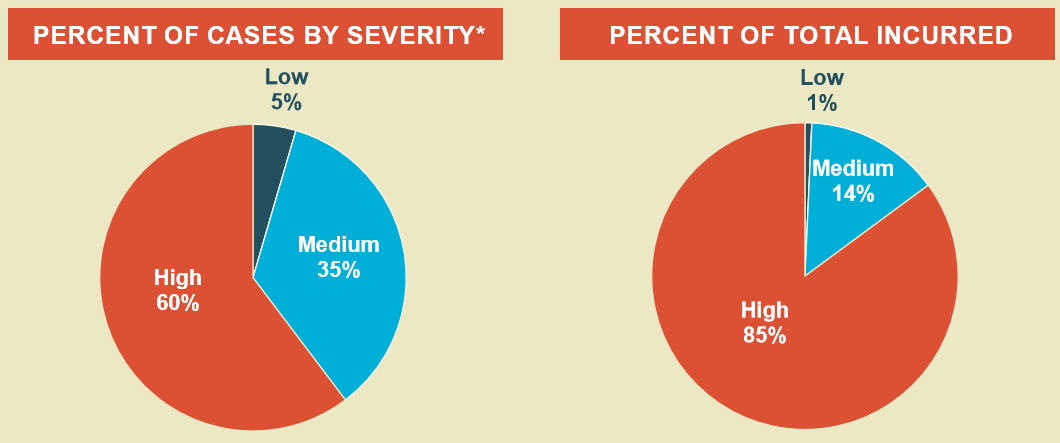
The Dangerous Discrepancies
One of the most difficult hurdles to overcome during the defense of a malpractice suit is a significant discrepancy in the medical record. The discrepancies may involve the nurses, physicians, advanced practice clinicians, EMS personnel, and any records related to the patient. Often, a discrepancy may be nothing more than a minor difference in terminology; but the cases reviewed here reveal serious discrepancies between the physician and the nurse chart in the first case and the physician and EMS record in the second case.










